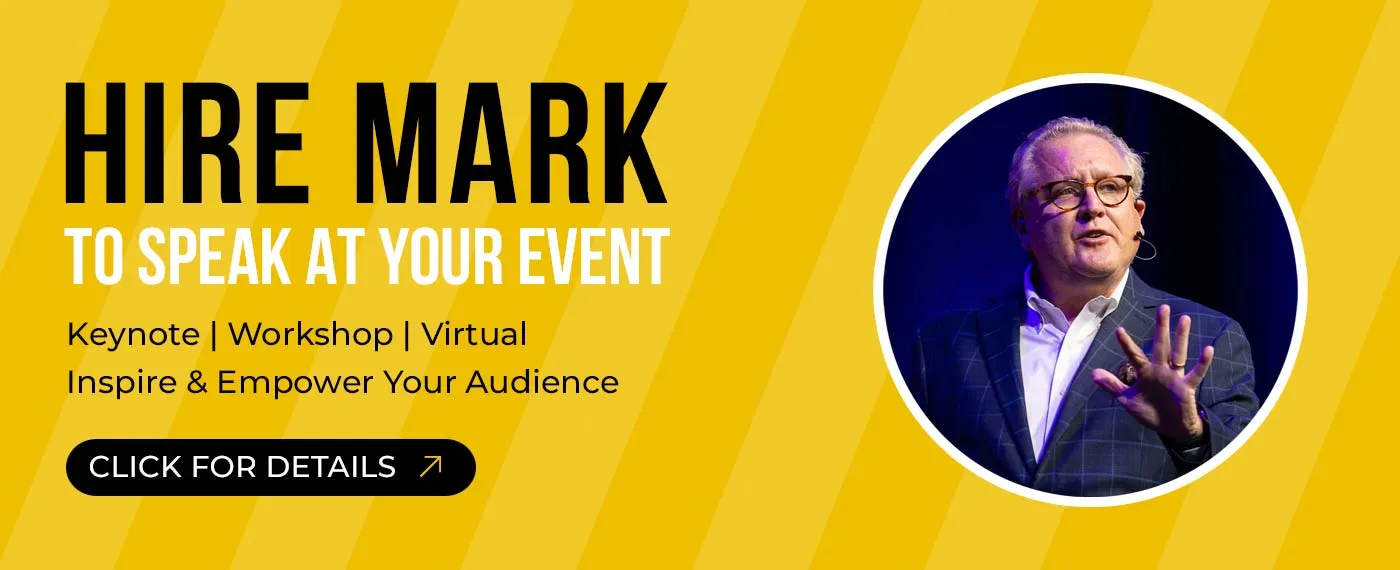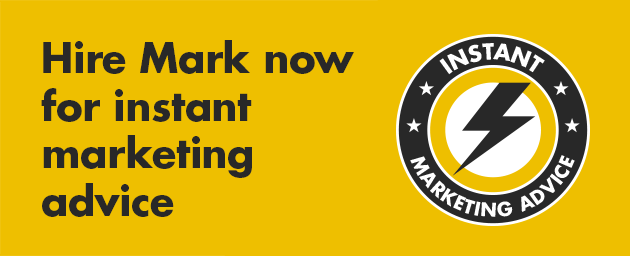
It’s been two years since I published Belonging to the Brand. This book had an audacious subtitle: Why Community is the Last Great Marketing Strategy.”
I firmly believe I was correct in this bold prediction. If you examine the biggest marketing trends, they all point back to the importance of human connection and community … especially now.
I’ve been giving speeches and workshops on the topic of brand communities and gained some new insights and observations about what’s happening right now. I haven’t written about this topic in a while, so I thought I would share my latest thinking on brand communities with five observations:
- Smaller businesses are winning at community
- An AI backlash drives community
- Affinity groups represent a bold new strategy
- Community as an “override” for AI
- “Breeding” communities
- Measurement priorities
- Integrations with influencer brands
1. Smaller businesses are winning at community
First Capital recently reported that
- 80% of startups are investing in community as a primary marketing strategy.
- 28% consider it to be “the factor most critical to their success.”
This makes perfect sense. If you’re bootstrapping a new business, a community can propel new ideas, advocacy, and even funding. These are your first customers and fans.
But the biggest brands are struggling to find their footing for these reasons:
SCALE
The biggest brands are used to investing in campaigns that earn millions of impressions. That probably won’t happen, even in the largest communities right now. How does the big brand advertising culture adjust to the smaller scale of today’s communities?
There are exceptions, of course. Sephora has a community of 6 million fans. But even the largest Reddit groups might have hundreds of thousands of people, not millions.
REAL HUMAN INVOLVEMENT
The idea of real human engagement is foreign to many companies. You go to work, you create a brand strategy, and then you hand it over to an ad agency. A brand manager is generally not hands-on.
I’m often asked how brands can become involved in creator communities. My answer is, “They can’t. It can’t be a ‘brand.’ It has to be a person.” How does that work in a global company?
LEGAL
The biggest brands have been built over decades with millions of dollars of advertising. That is a massively valuable asset that must be protected with layers of legal fortresses.
That’s not necessarily a bad thing. But when smaller brands can take more risks in terms of content, speed, and authenticity, the legal constraints make community life more difficult.
CULTURE
Traditionally, marketing is often viewed in terms of annual campaigns. You fund a project, execute, and when the money is gone, you start over.
But a community is a social contract. A community can’t disappear if you undergo a reorganization or if the brand manager is fired. A community must be an organizational commitment.
There are many big brands that have overcome these obstacles and led tremendous communities. Nike, LEGO, and L’Oreal, to name a few. However, I believe that for the foreseeable future, smaller companies have the best chance of succeeding with brand communities.
2. An AI backlash drives community
Every year, I attend the annual gathering of global thought leaders known as SXSW. I’ve been a speaker or panelist there many times, and I applied to be a speaker at the next event.
Last week, I received an update with a report on the most popular topics submitted to this prestigious event. What was number one? AI? Global Warming? Cybersecurity?
Nope. It was community and human connection.
The organizers said that, “In an AI-saturated world, proposals show a renewed emphasis on the power of connection and what it means to be human.” Proposals on the “why” and “how” of community-building dominate the entries.
I find this remarkable. The more we move to AI, the more we emphasize community. I like that trend.
3. Affinity groups represent a bold new strategy
I love the brand strategy behind e.l.f. Cosmetics and featured their rule-bending marketing strategies in an entire chapter of Audacious: How Humans Win in an AI Marketing World.
And if I had to write my brand community book all over again, I’d probably write a chapter about them in that book, too!
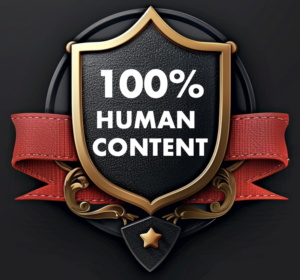 When you think of community, you probably think of a place. A Slack Channel. A Facebook Group. Maybe your favorite Discord server.
When you think of community, you probably think of a place. A Slack Channel. A Facebook Group. Maybe your favorite Discord server.
But e.l.f. is organizing communities based on cultural moments, not places, and it works like this …
Short version: e.l.f.’s “community” isn’t a closed forum … at first. It’s a networked, TikTok-first ecosystem that rallies people around repeatable cultural objects on the platform — original sounds, challenges, creator storylines, live shopping, and collaborations.
They organize these affinity groups by branded hashtags and then watch for the most active participants. Essentially, e.l.f. forms communities in real-time based on cultural interests.
It then identifies the most active engagement and deepens relationships by driving these customers into smaller, semi-closed spaces, such as Discord, a private Facebook group, Twitch, and Roblox.
The brilliant part of this is that e.l.f. isn’t passively watching for trends. They’re creating the trends, creating the TikTok culture through their own music videos, challenges, and a reality series called “Eyes. Lips. Famous.”
e.l.f. also adopted TikTok Shop early and was the first brand featured in a TikTok Shop “Super Brand Day,” debuting a product with an original soundtrack and platform-native promotions that directly encouraged consumers to make a purchase.
As I wrote in my book Audacious, e.l.f. isn’t just re-writing the rules of content and commerce, it’s reimagining marketing for a modern world.
4. Community as an “override” for AI
Increasingly, AI is making decisions for our customers. That means AI is “the customer.”
There is an entirely new field emerging to figure out the “SEO of AI” to influence that referral path, but there is an essential strategic principle that connects to community.
When AI suggests an idea, we consider it. When a trusted friend suggests something, we act on it.
And a community is a gathering of trusted friends.
It’s extremely challenging to secure a positive brand mention in The New York Times or on the nightly news. But it’s relatively easy to drive word-of-mouth marketing through community members who are excited about what you do.
Community advocacy is an “override” for algorithmic referral engines. AdWeek recently declared that User Generated Content (UGC) is 10X more influential in the purchase decision than influencer or branded marketing.
5. Proactively building new brand communities
Perhaps the best possible brand advocacy comes from passionate influencers promoting your brand to a large, engaged audience.
An extreme example: I would rather have Taylor Swift drink my beverage in a music video than have a Super Bowl commercial!
Several brands are actively training and nurturing the next generation of community leaders / brand advocates.
Sephora offers a training program called Accelerate to support emerging community leaders in their growth and development.
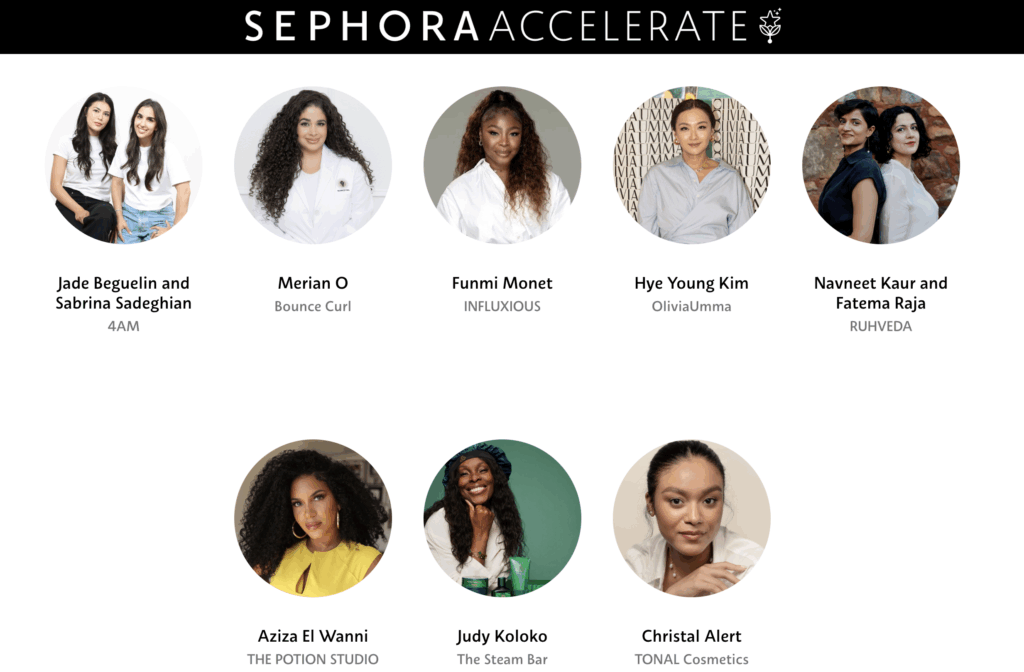
Similarly, e.l.f.’s reality program was designed to find the hot new TikTok creators who eventually became paid community advocates.
6. Measurement priorities
There are many aspects of successful community management that seem counterintuitive, and measurement is one of them.
According to new research from HubSpot, here are the preferred methods of measurement:
- Retention — 62% of brand communities name this as their priority. If members stay connected to a community, it is a leading indicator of advocacy and sales.
- Engagement — Sephora’s CMO names engagement as their top goal, signaling relevance.
- UGC — Are people sharing brand content and stories outside the community?
- Sales — Ultimately, we must drive sales, but nobody will visit a community if all you try to do is open their wallet. Over-selling is the primary cause of community decline.
7. Integration with influencer brands
The world of influencers has undergone significant changes over the past decade.
In the early days, we had content creators who built an audience. It made sense for brands to cooperate with them to borrow their influence over a relevant audience.
Over time, creators moved this content audience — one-way communication — into communities. Communities are two-way communication exchanges that propel extraordinary brand loyalty. At this level, brands are collaborating with creator-community leaders, perhaps as paid advocates.
As these communities grew, powerful creator/influencers realized they could create their own products. Thousands of creators have created million-dollar and even billion-dollar businesses. In this stage, brands are either acquiring the trusted brands or helping the creators manufacture and market their own branded products.
Perhaps the most famous of these moves occurred this year when e.l.f. Cosmetics acquired the Rhode brand from model/influencer Hailey Bieber. Rhode entered a crowded market of celebrity cosmetics in 2022 and rose above the tide. By March of this year, the brand had hit $212 million in annual net sales. In May, e.l.f. Cosmetics announced it was acquiring the brand for $1 billion, adding Bieber to a growing class of beauty supermoguls.
The creator-led brand is one of the hottest marketing stories right now, and we are just at the beginning of this integration trend.
![]()
So there you have it.
If you’d like to learn more about how brand communities can serve your business, Belonging to the Brand is a thorough, well-researched strategy guide. LinkedIn called it the “seminal book on brand communities.”
I’m also available to help you sort out your options, either through a personal consultation or a workshop.
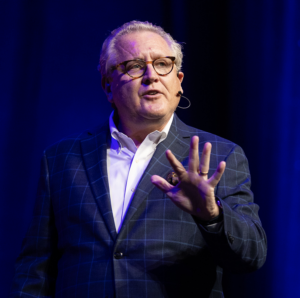 Need a keynote speaker? Mark Schaefer is the most trusted voice in marketing. Your conference guests will buzz about his insights long after your event! Mark is the author of some of the world’s bestselling marketing books, a college educator, and an advisor to many of the world’s largest brands. Contact Mark to have him bring a fun, meaningful, and memorable presentation to your company event or conference.
Need a keynote speaker? Mark Schaefer is the most trusted voice in marketing. Your conference guests will buzz about his insights long after your event! Mark is the author of some of the world’s bestselling marketing books, a college educator, and an advisor to many of the world’s largest brands. Contact Mark to have him bring a fun, meaningful, and memorable presentation to your company event or conference.
Follow Mark on Twitter, LinkedIn, YouTube, and Instagram
Illustration courtesy Mid Journey

